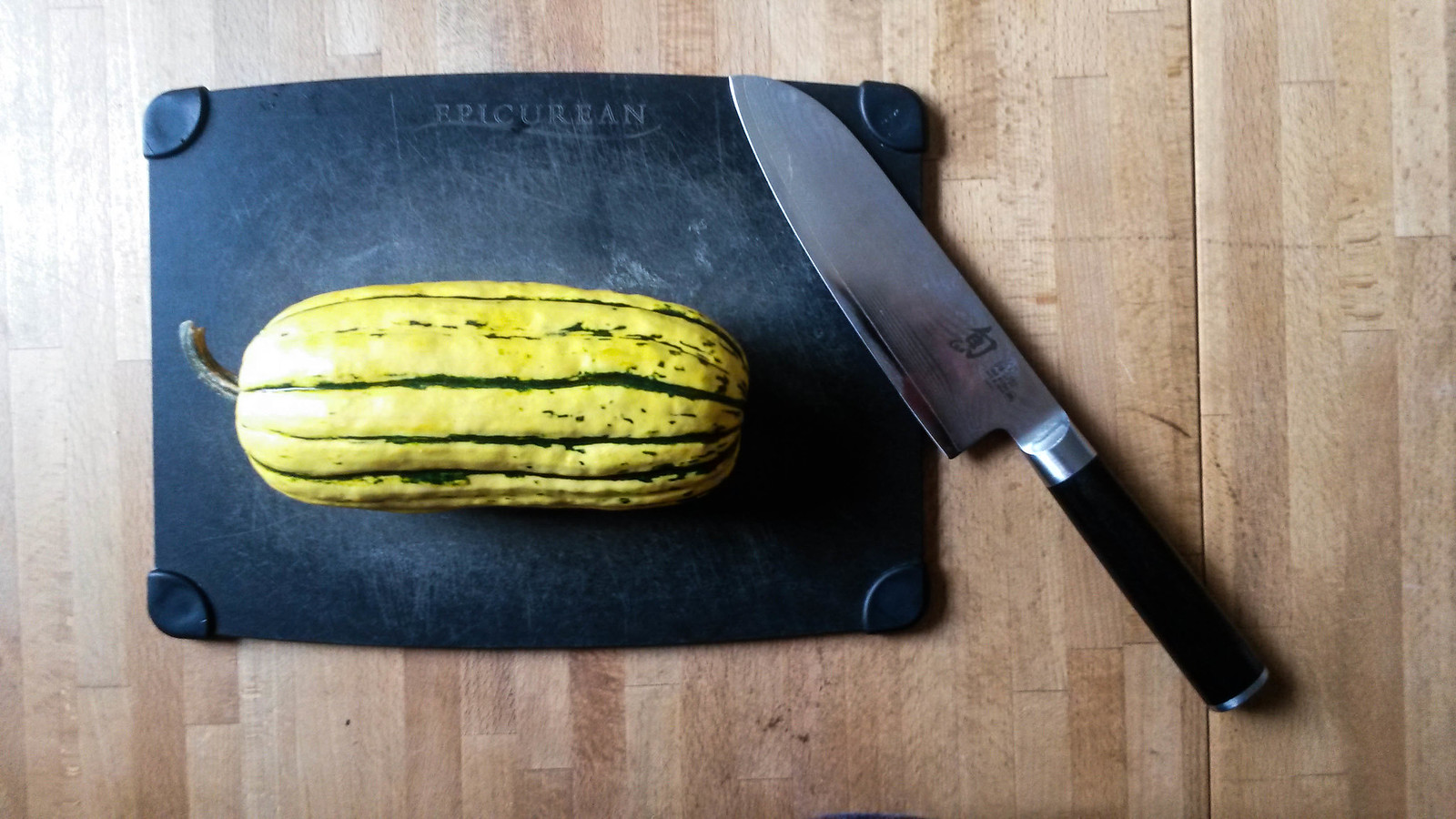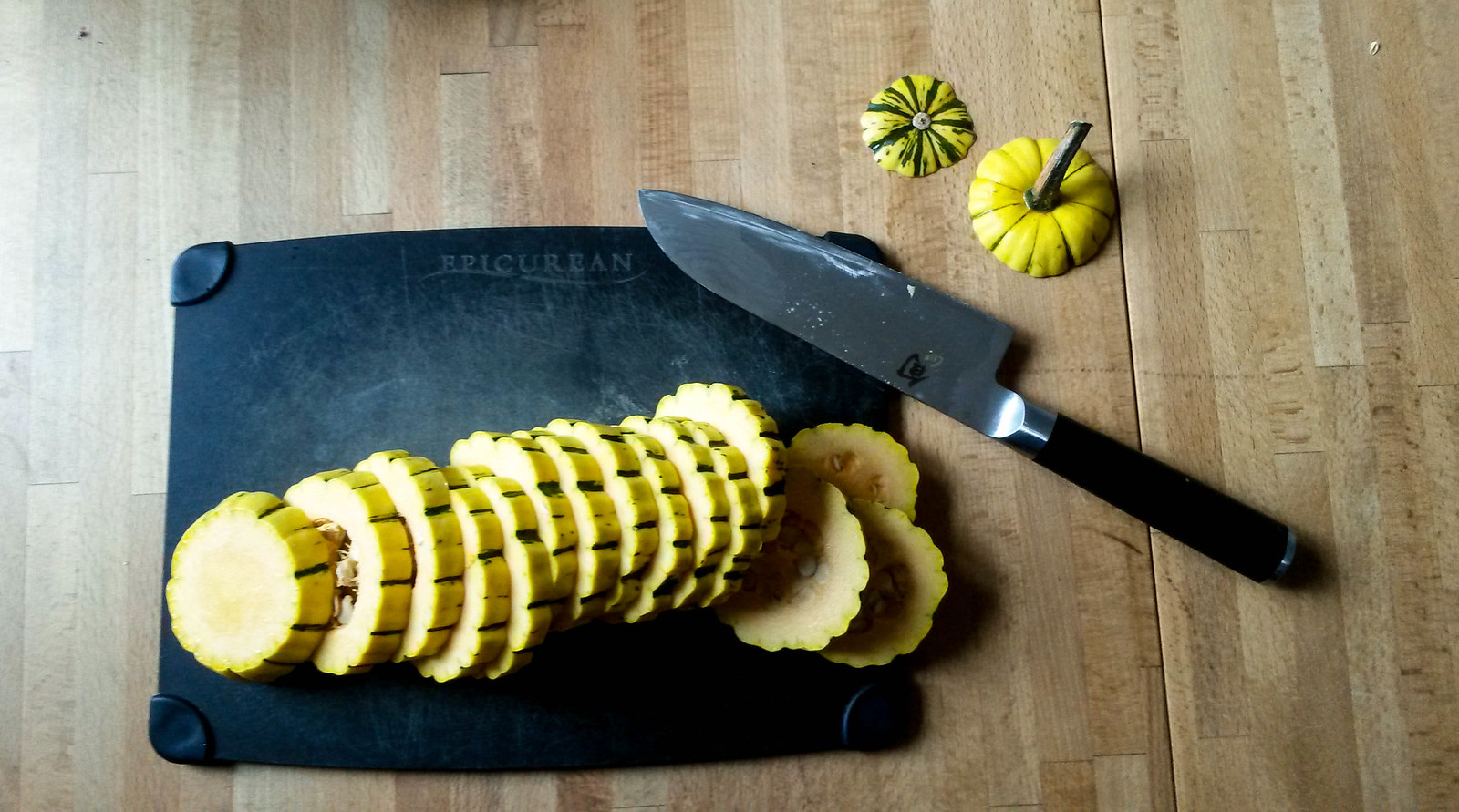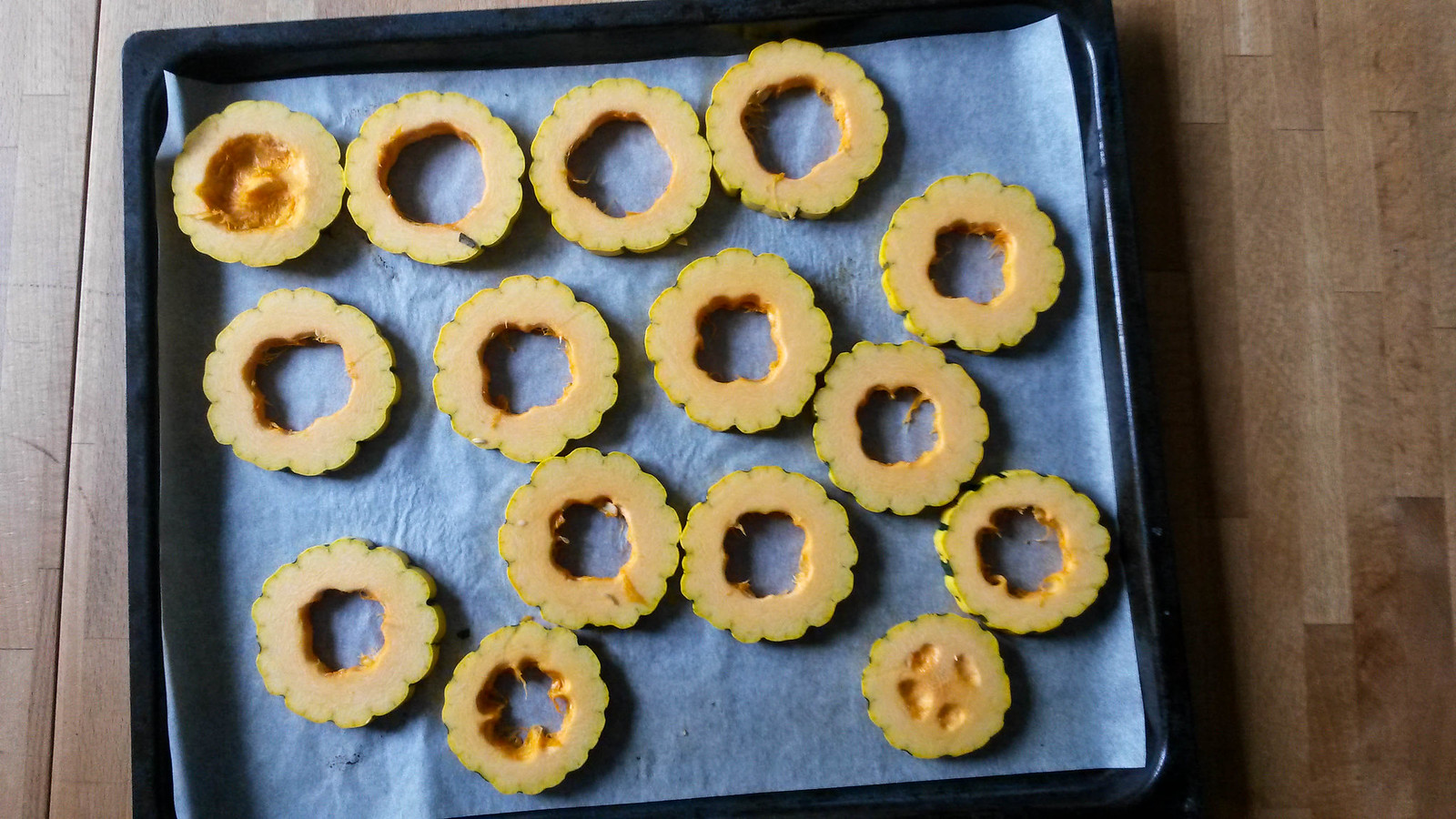After admitting my lack of knowledge of the great food writers of our time last Friday, I decided to get my act together and actually do something about my ignorance.
And so I found myself this Saturday, both cooking Marcella Hazan's Ragu Bolognese and reading her book The Essentials of Classic Italian Cooking on my phone, whilst stirring the aforementioned Ragú Bolognese and doing some homework for my Russian class.
And Marcella Hazan already feels like part of the family, her way of teaching sounding a bit like an Italian version of my own grandmother, who loves to cook for us and is kind of old-fashioned about her way of cooking. You see, my grandmother never really go into that whole pasta thing, and to this day I don't think she ever cooked pasta for me. Maybe egg-noodles, but not the eggless, dried Italian kind of pasta. And to this day, she is famous in our family for her crispy skillet-fried potatoes.
I was reminded, too, of my grandmother, when the smells of the Ragú Bolognese started to fill the kitchen, with that scent of wine and mushrooms and butter it smelled as if I stepped into my grandmothers kitchen, leaving me with the desire to one distant day in the future be that grandmother, too.
Do you know that feeling? I can't really picture myself having kids and all, but I have such clear images of myself as a grandmother. I guess I am kind of weird.
Well, so I found myself stirring Marcellas meat sauce, without the meat. I don't know what she would think of that, of that new vegetarian thing. I know my own grandmother is baffled as to what to cook for me, and probably does not understand one bit. But other than substituting the meat for lentils, and adding some mushrooms to compensate for flavour loss, I actually followed Marcellas recipe almost to the letter. I just committed one sin, using red wine instead of white because I had to open bottles of the red and did not want to go out and buy white wine, which I really don't like that much to drink. But other than that, this is as original as a vegetarian version of a meat sauce can get.
I don't know who the original sauce tasted, having learnt about Marcella Hazan only after becoming a vegetarian, but my vegetarian version turned out fantastic. This is something I'd love to serve guests, seeing as it is more difficult to find a vegetarian recipe that is worthy of being served to guests.
Lentil Ragú Bolognese
adapted from this version on Leite's Culinaria
Note: Marcella Hazan's recipe in the book the Essentials of Classic Italian Cooking asks for only one cup each of the milk and wine, and thus requiring less cooking time. I went with the version linked to above since I bought the cookbook only after starting the sauce. I suspect you could cut the liquid ingredients back without compromising flavour all that much. And while I served my ragú with spaghetti, apparantly that is not authentic. If you want to be true to Marcella's recommendation, go with homemade fresh tagliatelle instead of the spaghetti.
2 tablespoons vegetable oil
8 tablespoons unsalted butter, divided
1 cup chopped onion
1 1/3 cups chopped celery
1 1/3 cups chopped carrot
1/2 cup chopped dried porcini mushrooms
salt and freshly ground black pepper
2 cups whole milk
1/8 teaspoon freshly grated nutmeg
2 cups red wine
3 cups canned imported Italian San Marzano tomatoes, crushed by hand, with their juice
200g brown lentils, uncooked
As much spaghetti as you wish, cooked and drained
Freshly grated Parmigiano-Reggiano cheese
Heat the oil and 6 tablespoons butter in a heavy 5-quart over medium
heat until the butter melts and stops foaming. Drop in the onion and
cook, stirring frequently, until it has become translucent, about 5
minutes.
Throw in the celery, carrot and mushrooms and cook for 2 minutes, stirring the vegetables to coat them well with the fat.
Turn the heat to low.
Pour in the milk and simmer gently, stirring frequently, until it has cooked away completely, about 1 hour. Stir in the nutmeg.
Pour in the wine and let it simmer, stirring frequently, until it has evaporated, about 1 hour.
Add the crushed tomatoes and stir thoroughly to coat
everything well. When the tomato puree begins to bubble, turn down the
heat so that the sauce cooks at the laziest of simmers, with just an
intermittent bubble breaking through the surface.
Cook,
uncovered, for at least an hour stirring from time to time. If the sauce is getting to dry, add 1/2 cups of water as necessary.
In the meantime, cook the lentils in plenty of water until soften but not until done. You just want to make them soft enough to give them a quick chop before adding them to the sauce.
In the last 30 minutes of cooking the sauce, add the coarsely chopped up lentils (I just gave them a quick chop on a cutting board, the food processor seems to skin them rather than cut them into pieces) Cook the sauce until the lentils are soft. At the same time, bring a pot of water to a boil and your pasta according to package instructions, until they are al dente.
Add the remaining 2 tablespoons of butter to the
hot pasta and toss with the sauce. Serve with freshly grated
Parmigiano-Reggiano.






